
21 Charts That Explain How The US Is Changing
Danielle Kurtzleben
June 18, 2014
The US is a big, complicated place that has undergone some big changes over its 238 years, and even in the last few decades. Here are 21 charts that explain what life is like today in the US — who we are, where we live, how we work, how we have fun, and how we relate to each other.
-
We're becoming more diverse
The US population is changing drastically, particularly in the areas of race and ethnicity. By 2050, white non-Hispanics will be a minority of the American population, according to Census projections. The biggest reason for that decline is the growth of the Hispanic population, whose share is set to nearly double between 2010 and 2050, from 16 to 30 percent. Though immigration is one reason for this shift, a large part of it is that white non-Hispanics aren't having as many babies as minorities. As of 2012, the majority of all babies born in the US were minorities. -
We're getting older
The Baby Boomers have only just started retiring, and they will help continue to grow the elderly share of the population in the coming decades. But it's not just that population bulge that has made the American population older; extending life expectanices have helped drive this trend as well. According to the latest data from the CDC, as of 2010, the US life expectancy at birth was 78.7 years, up from 78.5 in 2009. However, those gains haven't been even; women have gained more than men from health advances, and it's only women in certain parts of the country. -
We're moving farther and farther west, plus a little south
Yes, the 1800s were the age of westward expansion, but the trend never really stopped. One way the Census Bureau measures geographic shifts is by measuring the US's "mean center of population" — that is, "the place where an imaginary, flat, weightless and rigid map of the United States would balance perfectly" if all Americans weighed exactly the same. As of 2010, that point was near the village of Plato, Missouri. But this westward and southward doesn't necessarily mean that lots of Americans are packing up and moving west and south...rather, it simply means that the populations of the West and South keep growing faster than the Northeast and Midwest. That includes people moving, but also shifts in birth rates and immigration. -
We're getting married later and later...sort of
Conventional wisdom says that Americans are getting married later and later. But that's only true if you look at it from the standpoint of the 1950s and 60s. But that period, when Americans more often than not married in their early 20s, itself came after a decline in the age of first marriage. Not only that, but American life expectancy has grown longer and longer, as the Census Bureau pointed out in a blog post earlier this year. So while people waited half their lives to marry in 1890, today they wait only around one-third. -
Even while we delay marriage, we're not delaying having kids
Americans have been delaying marriage since the middle of the 20th century, but in the late 1980s, something interesting happened: as a nation, we started having babies before we were married. Today, almost half of all babies are born to unmarried mothers, and the median first birth happens around one year earlier in a woman's life than her median age of first marriage. -
We're more polarized politically
A 2014 report from the Pew Research Center found that the two man political parties are drifting further from each other ideologically. Americans are far more likely to be consistently conservative or consistently liberal than they were 10 or 20 years ago. -
We think of our country as a single, unitary nation. That wasn't always the case.
It may not strike us now as odd that we use "The United States" as a singular noun, but this wasn't always the way everyone spoke. Google N-gram data, which tracks words across Google Books, shows that in the mid-1800s, it was roughly as common to refer to the United States in the singular sense as it was to refer to the United States as a plural group of states that were united. It reveals a profound shift in how Americans think. In the late 19th century, Americans appear to have started thinking of the US as one big actor instead of many smaller ones. -
We're growing less and less religious
As of 2013, the US was the least religious it had ever been since the 1930s, according to an analysis from University of California, Berkeley researchers. In that year, 20 percent of Americans said they had "no religious preference," up from just 8 percent in 1990. -
We're getting more unequal
Thanks to the efforts of people like Occupy protesters, Robert Reich, and Thomas Piketty, inequality has over the last few years become central in both economic and political discussions. And one of the most striking facts about inequality is that the wealthiest Americans now have as high a concentration of the nationa income as they did during the early 20th century. While the share of income the richest Americans received was muted throughout the middle of the 1900s, it skyrocketed after the 1980s. -
Educational gains have been steady and long-standing
Inequality and social immobility are areas where the US could use some improvement. So if you want some good news, here it is: the US population has become far more educated than it once was. True, there are some problems with the education system — inequality between schools, for example, not to mention skyrocketing college tuition costs — but that the majority of the population over 25 went from not having a high school diploma to at least having some college in the span of 40 years is astonishing. -
Young females are far more educated than their male peers
Women have a lot to do with the most recent educational gains. Among people 45 and older, men have the majority of bachelor's degrees. But look at younger adults and it's clear women are outstripping men. -
Women's rush to work has stalled
Throughout the 1950s, 1960s, and 1970s, women flooded into the labor force, but that has leveled off and, post-recession, started to decline. There are a few theories out there about why this is happening — a leading one is that childcare is getting so expensive that mothers are choosing to stay home instead of working. But another interesting phenomenon is that we are currently in the first sustained period since WWII in which both women's and men's labor force participation are falling off. That's in part because older Americans are retiring, but it also may be a sign of an ugly job market. -
The gender wage gap has stopped shrinking
Average pay for a full-time, year-round, working woman has stalled as a percentage of men's pay. The reasons why women persistently earn less than men are many and complicated: women tend to get into less lucrative fields than men, they take time off to raise children (which halts their upward earning trajectories), and they also tend to negotiate less than men. Recent proposed congressional legislation has attempted to shrink this gap by trying to eliminate pay secrecy and allowing workers to more easily discuss their pay grades. However, in decades of trying, proponents have failed to pass this sort of legislation. -
Fewer Americans are making stuff
The US economy has undergone a fundamental shift: it has moved from a more goods-focused economy to a service-based economy. The number of Americans working in goods-producing industries like manufacturing, construction, and mining has held relatively steady for decades, while service jobs have skyrocketed. But that's not to say that goods-producing industries have fallen off the map; rather, industries like manufacturing are simply able to produce more with fewer workers than they could a few decades ago. -
We're better workers than we used to be, but we're not paid like it.
Speaking of productivity, the American worker just keeps getting better and better at boosting the economy, thanks largely to technology. American workers are creating more and more economic value, but they're not getting paid accordingly. Productivity has climbed steadily over the last decade, but compensation hasn't followed suit. -
We're going to need more healthcare workers, and fast
Largely because of our aging population, there's going to be a growing need for more healthcare workers in the US economy over the next 10 years. But these aren't going to be high-paid workers like neurosurgeons and anesthesiologists. Home health aides and personal care aides, both of which are going to grow by around 50 percent, are also remarkably low-paid jobs, with median annual pay of around $20,000 each. -
We're staying unemployed for an unusually, terribly long amount of time.
A strange, awful thing happened after the Great Recession: the people who had been unemployed the longest stayed unemployed for even longer. In healthier economic times before the recession, being unemployed for 6 months or longer (represented by the blue line) was much rarer than shorter stints of unemployment. Today, that's not the case. Though long-term unemployment has come down drastically since 2010, the long-term unemployed still make up just over one-third of all unemployed Americans. That's still unusually high. -
Americans are eating more (mostly carbs and fats).
The total amount of calories that Americans consume on average has grown by more than 20 percent between 1970 and 2010. And it's not that Americans started shoveling in lots more broccoli; the amount of calories Americans received from vegetables declined. Meanwhile, the amount of calories that come from added fats soared by 70 percent. -
We're getting more and more overweight
Since we're swallowing so much more Crisco and donuts than we used to, it's no surprise that Americans are getting fatter and fatter. Obesity rates have skyrocketed, from around 13 percent in the 1960s to 36 percent today. And the share of the population that's extremely obese — that is, with a BMI of 40 or more — is also its highest on record, at nearly 7 percent. -
We're starting to drive less
Americans' driving peaked in 2005 and has fallen off since then, as Vox's Susannah Locke reported in April. There are a few reasons behind this: higher oil prices, an aging population, and a recession all helped keep people off the roads. In addition,technology like Facebook and Skype, which allow people to connect without traveling, might substitute for some trips, and young people also increasingly favor places where cars are less necessary, like walkable cities or places with good public transit. -
And driving less is helping us become safer drivers
That decline in driving is helping bring down the number of traffic fatalities in the US. In addition, Americans are driving drunk less often, wearing seat belts more than they used to, and driving safer cars, all of which keep us alive on the roads.
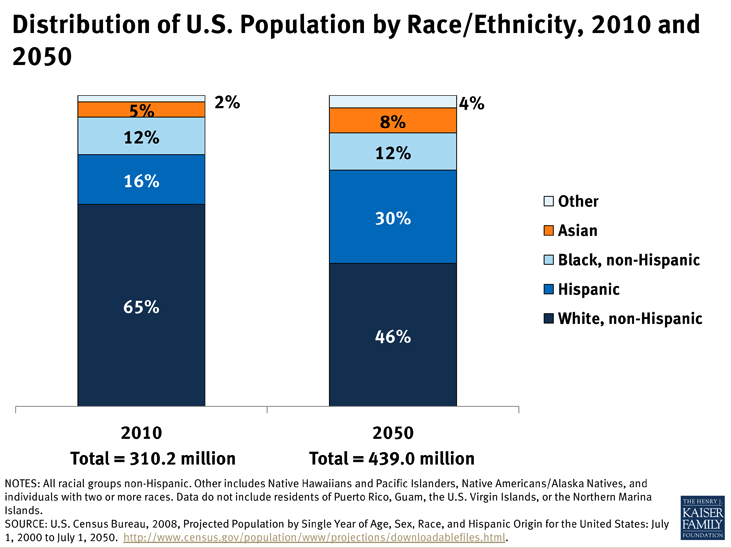
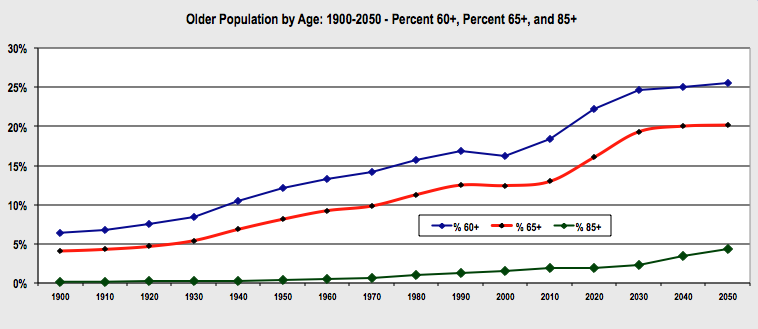

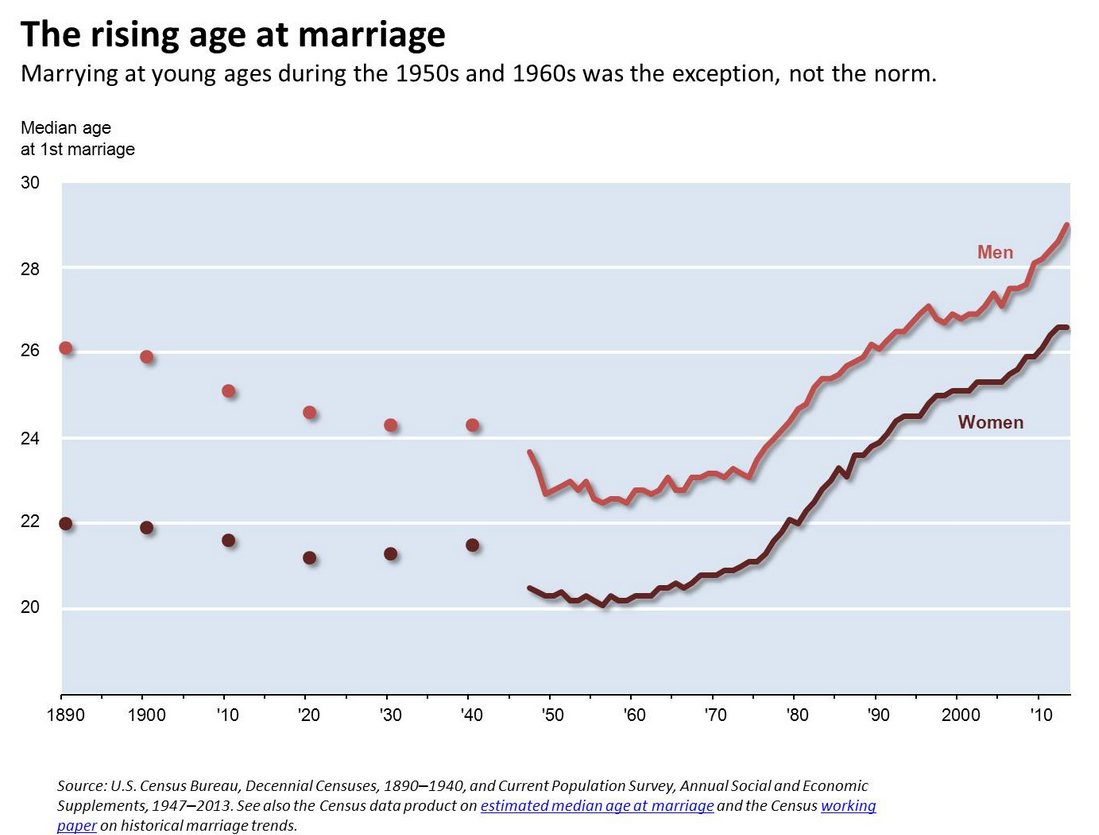
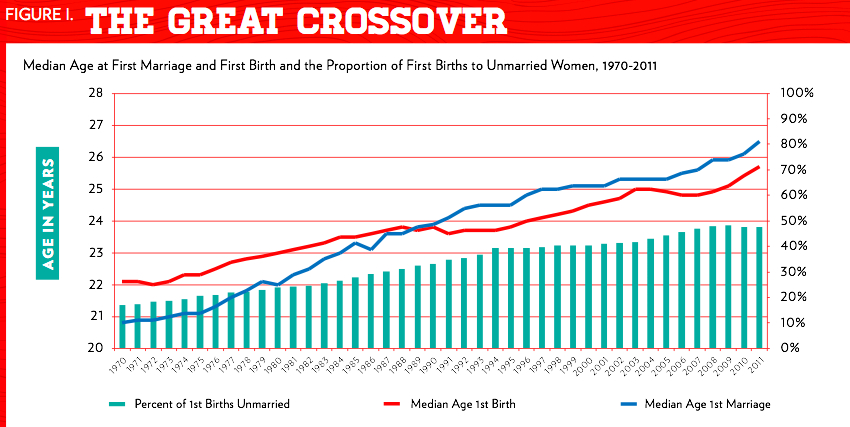

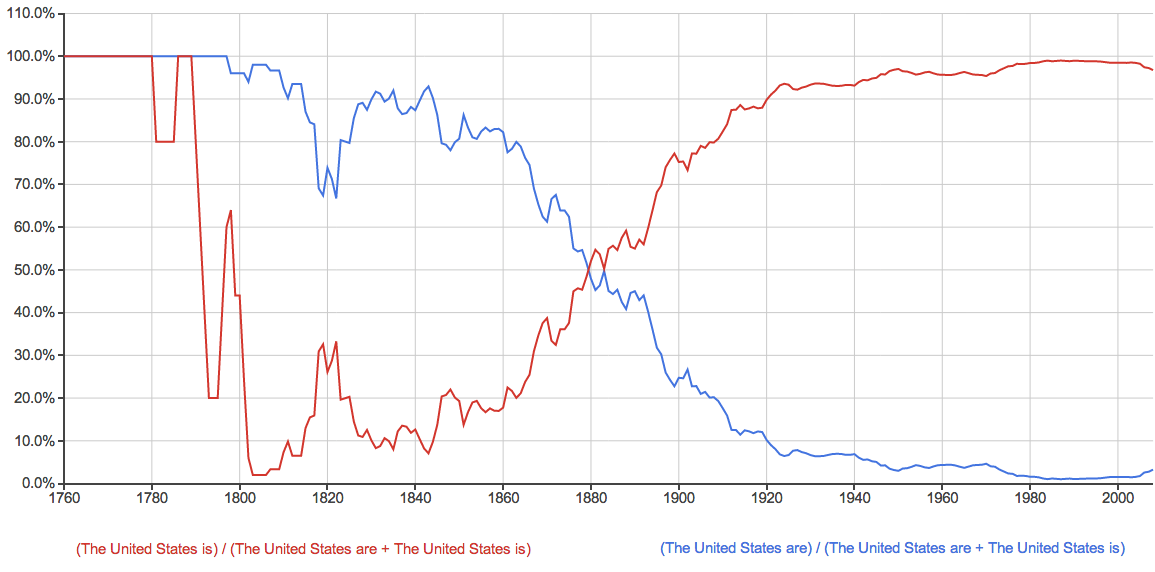


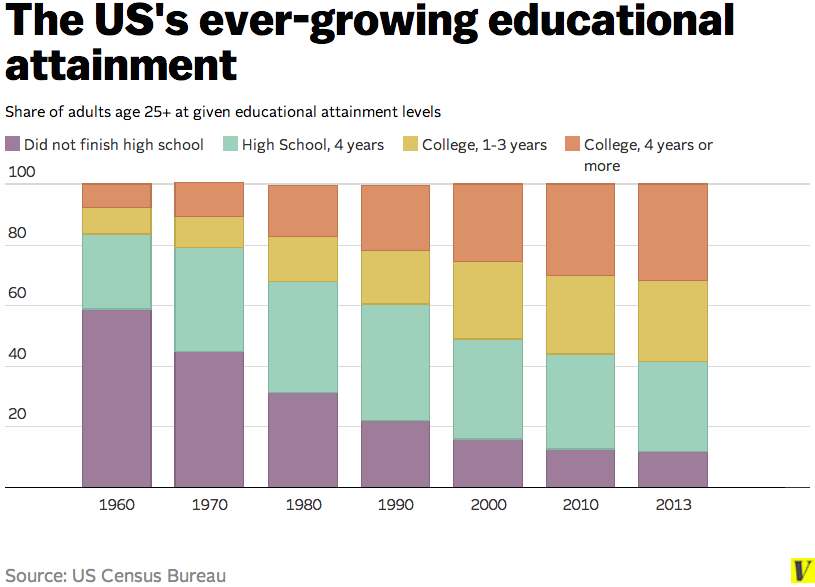
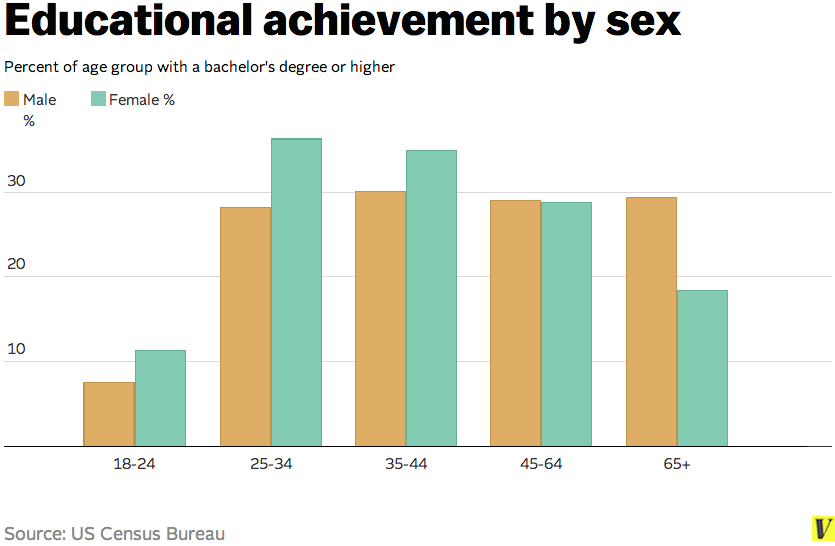
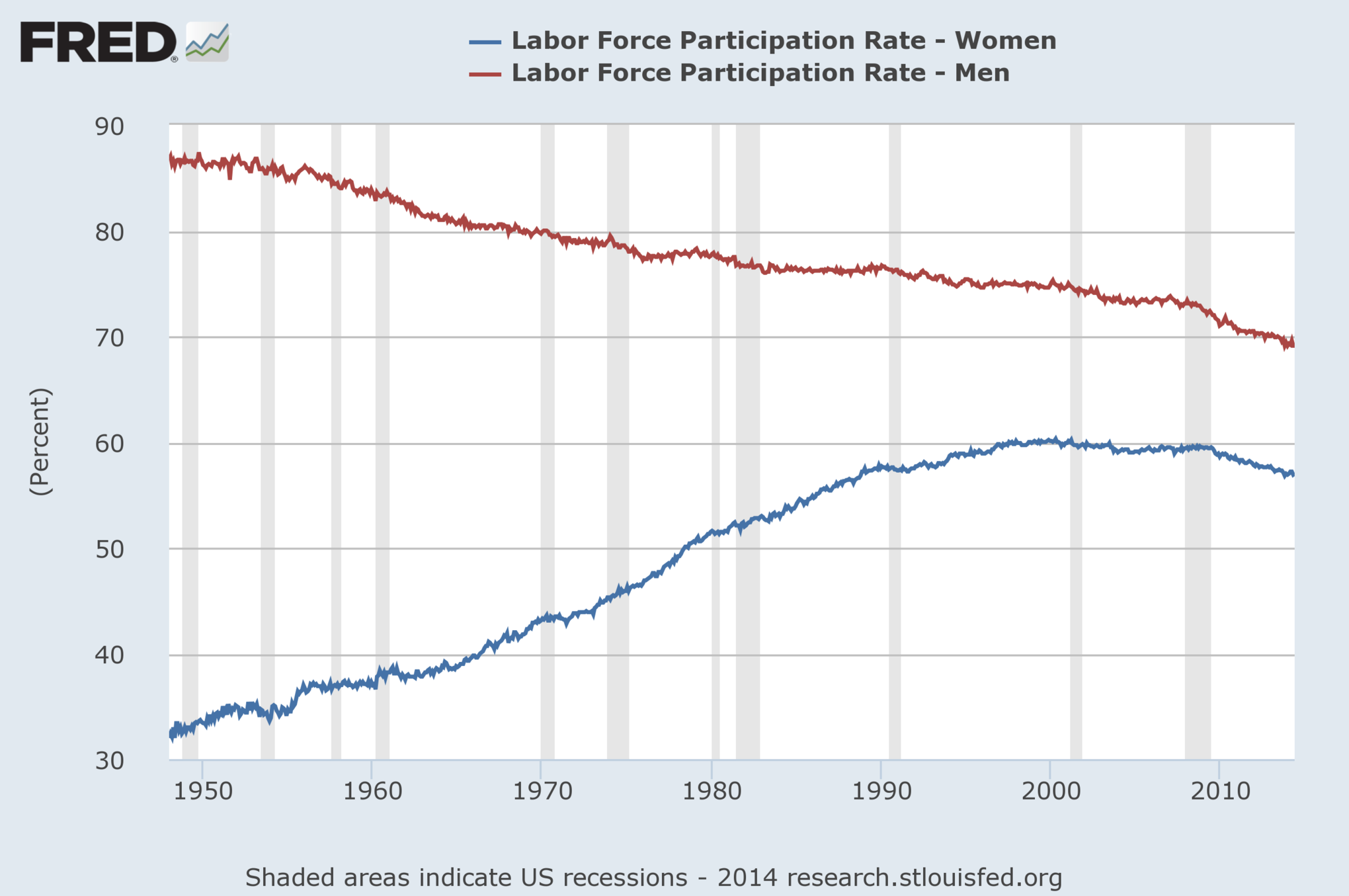
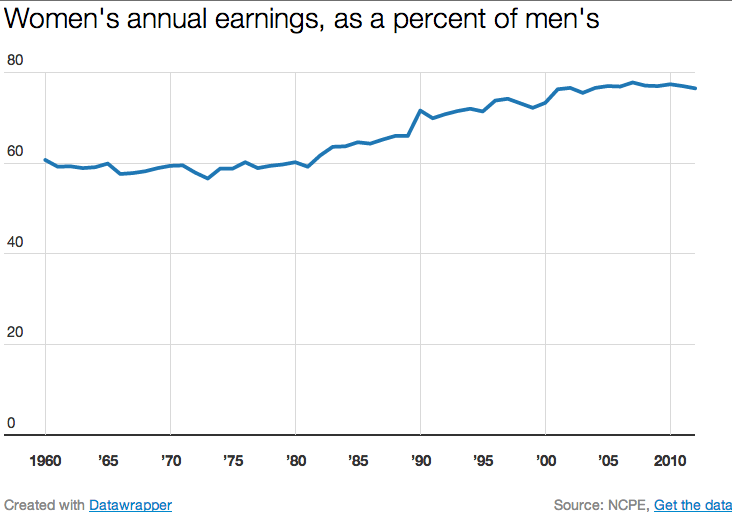
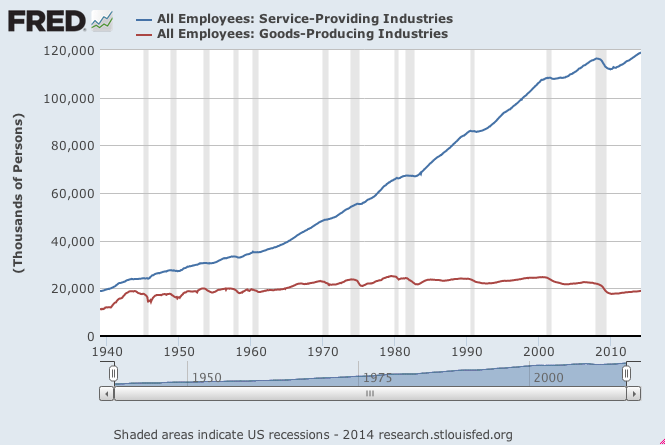
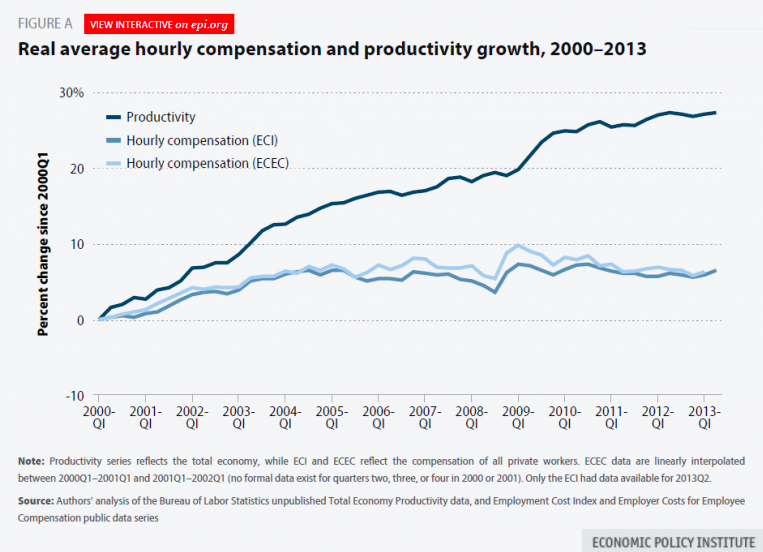
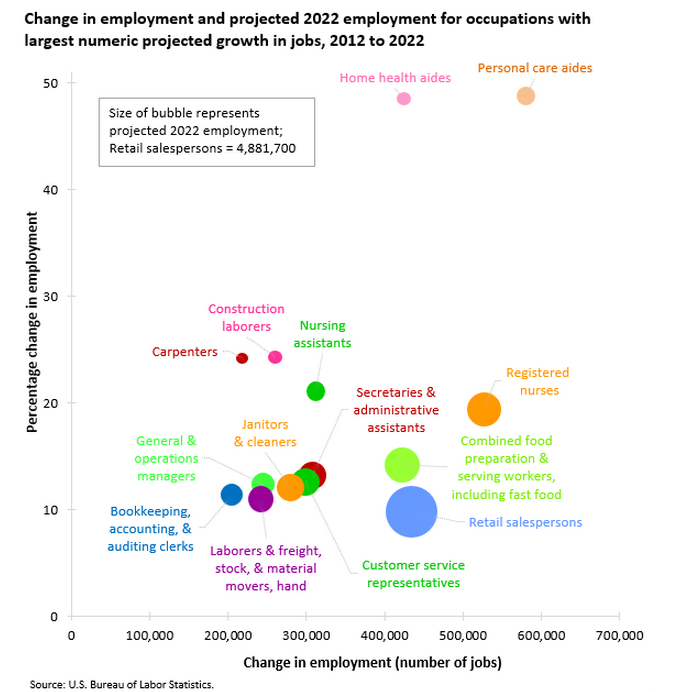
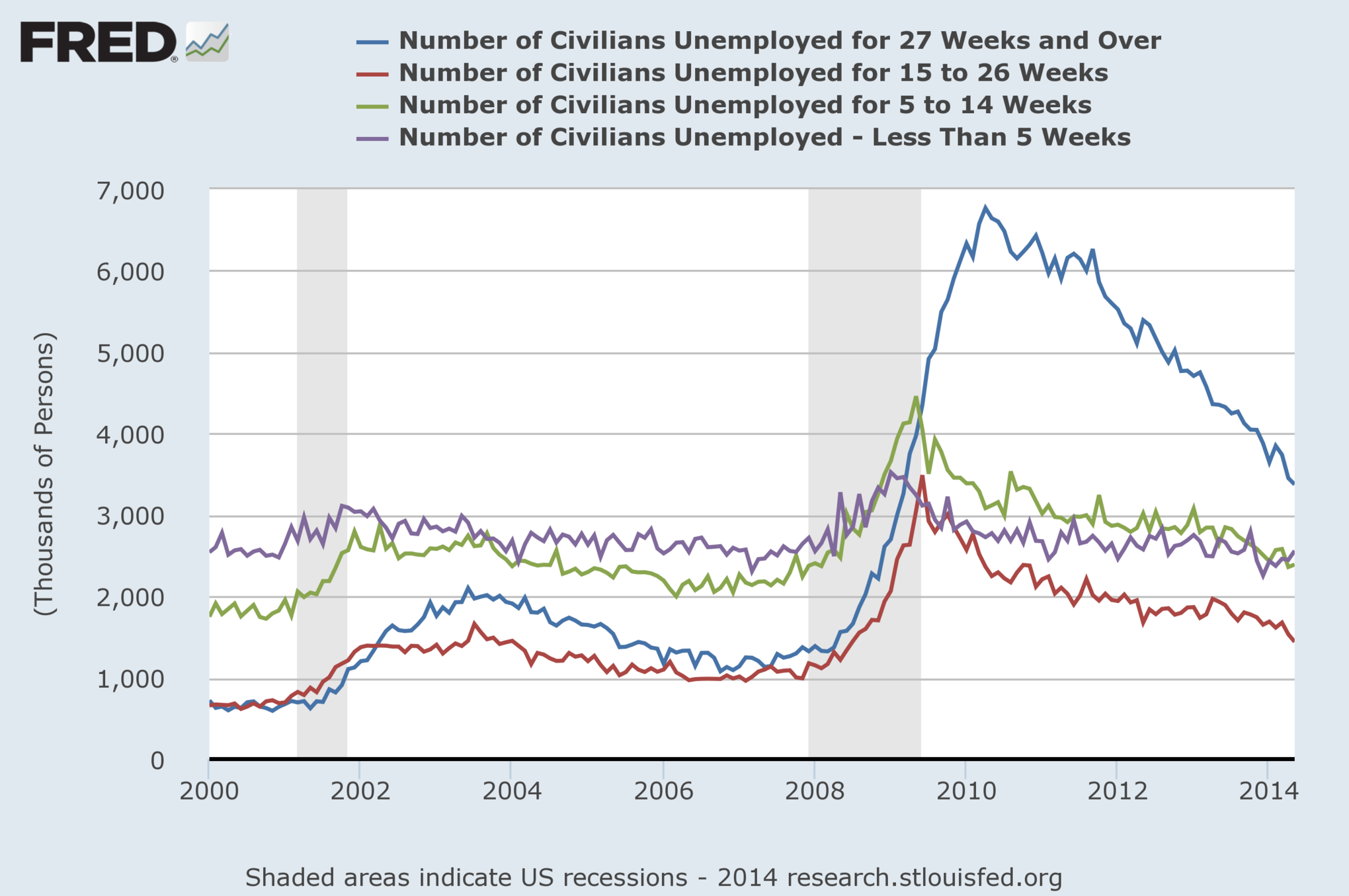
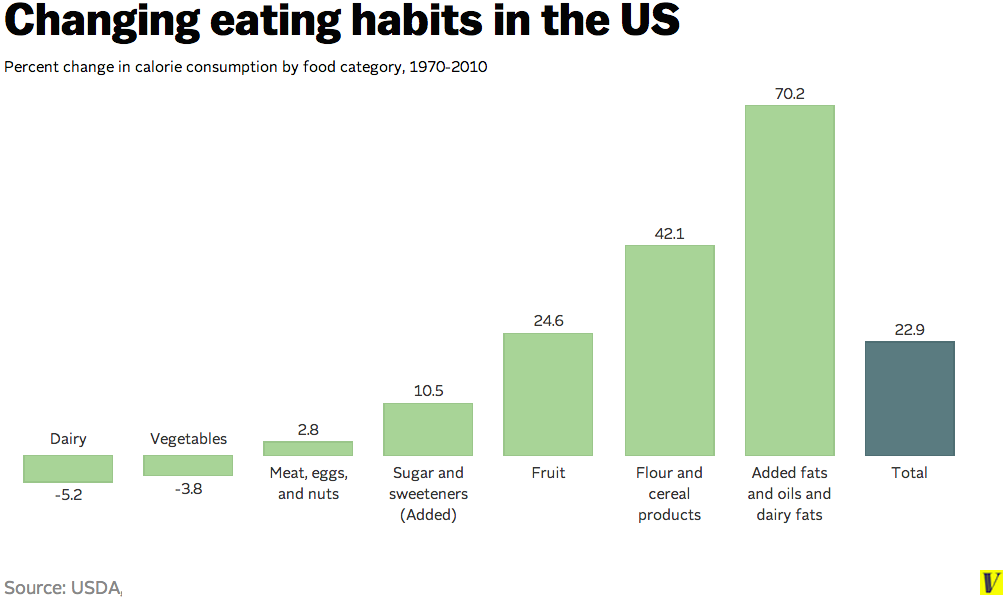

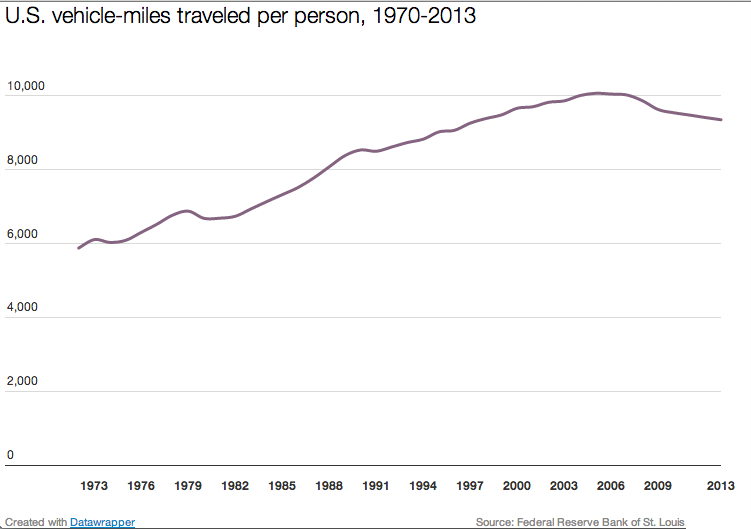
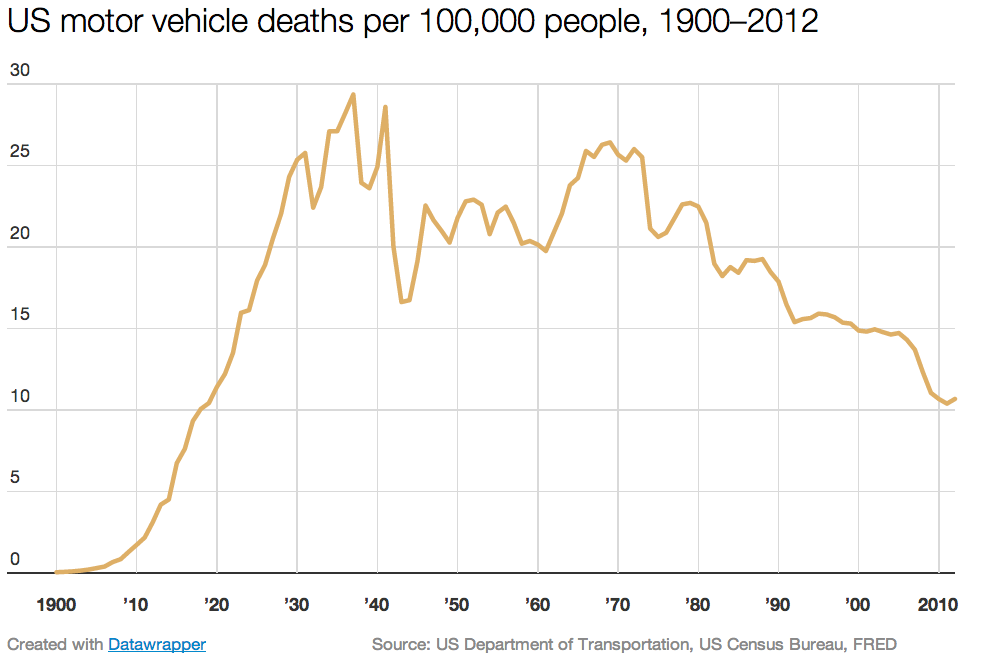
No comments:
Post a Comment